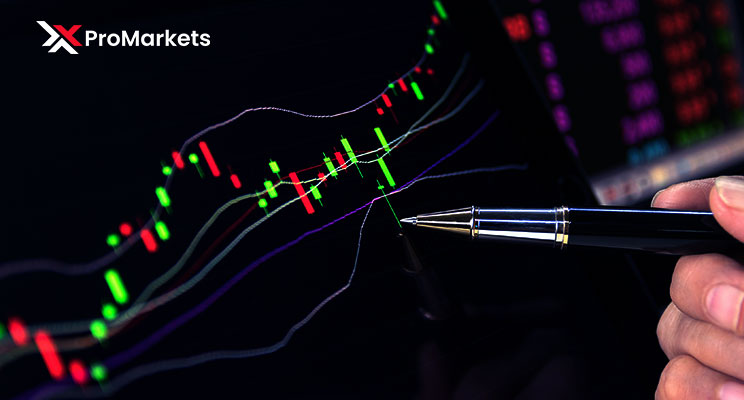How can you become more skilled in online CFD trading? The key is to possess as much knowledge as possible about anything that concerns the financial markets and the available trading tools and resources. The more you know about the industry, the more confident you will be in making trading decisions that suit your trading plan.
One of the most essential components of trading-related knowledge is the trading jargon used globally. Terms such as candlesticks, bear/bull market, Fibonacci, and stop loss orders, are some of the most commonly used terms on a daily trading basis.
Let’s take a look at a term you have probably encountered a lot as a trader – Margin Trading.
What is Margin Trading?
Margin is the difference between the value of the investment and the amount borrowed from a broker to purchase it. This means that trading on margin involves borrowing funds from a broker to buy or sell a financial asset, which serves as collateral for the loan. Trading on margin also gives traders the ability to enter into trading positions larger than the small amount of capital required to open the position. This amount varies depending on the asset and your chosen broker’s margin requirement.

Margin-Leverage Relationship
To fully understand the meaning of margin we need to see the relationship it holds with Leverage. In simple terms, you use margin to create leverage. Leverage is what allows traders to trade positions larger than the amount they have in their trading account and it expresses the ratio between the number of funds a trader has and the amount they can trade.
Therefore, leverage has an inverse relationship to margin, the higher the margin requirement, the lower your leverage ratio will be.
What to keep in mind
CFD brokers such as XPro Markets set their own Margin Call Levels and Stop Out Levels. Make sure you know what your broker's Margin Call and Stop Out Levels are. For instance, brokers may set their Margin Call Level at 100% and Stop Out Level at 20%. In this case, the broker will send you a warning if your Margin Level drops below 100%, indicating that you must close the trade or deposit more money in order to avoid reaching the Stop Out Level.
A broker will automatically close your position at the best possible price if your Margin Level continues to drop and reaches 20%. The responsibility for ensuring your account meets the margin requirements ultimately lies with you, and if it fails in that regard, your broker may liquidate any or all open positions ("Stop Out").
The bottom line is that trading on margin has both benefits and drawbacks. While it opens a door to many possibilities in the markets, it also entails higher risk. This is why it is always best to stay on top of trading news and terms so as to be better prepared for different market conditions.
- Margin: The difference between the value of the investment and the amount borrowed from a broker.
- Stop-Loss Order: Order to buy or sell an asset when the market price passes a particular level.
- Leverage: The borrowed funds from a company to the client in order to increase the potential return on a trade.
- Margin Call: Additional deposit of funds required to maintain a leveraged position.
- CFDs: A financial contract that pays the difference in the settlement price
- Stop Out Level: When your Margin Level falls to a specific level in which one or all of your open positions are closed automatically by your broker.
- Bear Market: A market defined by a prolonged drop in investment prices.
- Bull Market: A market defined by a prolonged rise in investment prices.
- Account Balance: The available funds or the value of the current account
- Candlesticks: A technical tool for forex analysis that consists of individual candles on a chart.
- Fibonacci: A predictive technical indicator used to forecast possible future exchange rate levels.











